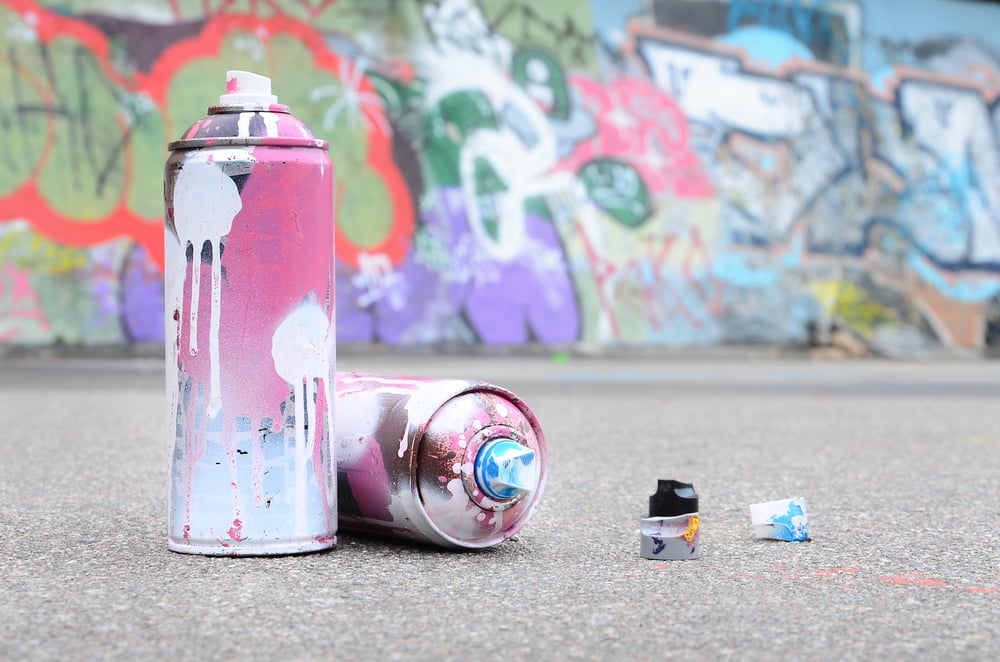Graffiti, one finds it beautiful and sees it as a kind of art and the other thinks it is pure destruction. Graffiti is a collective name for texts or images that have been applied in a public place with paint or paint markers. You see it on many buildings and bridges, but also on trains, for example. It falls under public vandalism and is punishable in the Netherlands. The Dutch Railways reports that they have a lot of problems and even sees an increase on trains. They want to tackle this form of vandalism.
Last year, more than 142.000 m2 of graffiti was sprayed on trains of the Dutch Railways, which is an increase of 65 percent since 2015. Most graffiti is sprayed on trains that are stationary and that is on the stabling areas. That is why the NS, in collaboration with the police, is going to test an arsenal of measures to tackle this problem. Graffiti on trains unfortunately causes nuisance for travelers, it affects the feeling of safety among travelers and trains that have to be cleaned for hours because they are completely sprayed and this is difficult to get off are not usable. Less deployable trains means transporting fewer passengers, in short, nuisance.
Cleaning and removing graffiti on trains is very difficult and costs the Dutch railways more than 10 million euros annually, that is a lot of money and that is why they are going to tackle this problem. They are going to test with a drone that will make images, and there is also a new app where employees can immediately report graffiti, the reports are collected in a database. Cameras and sensors will also be installed in the stabling areas where the trains are stationary, which emit a signal when they hear noise, movement and the release of propellants from an aerosol. This new 'test' approach will show later what the result is.
Also read: Work for snorders in the taxi sector is recovering


